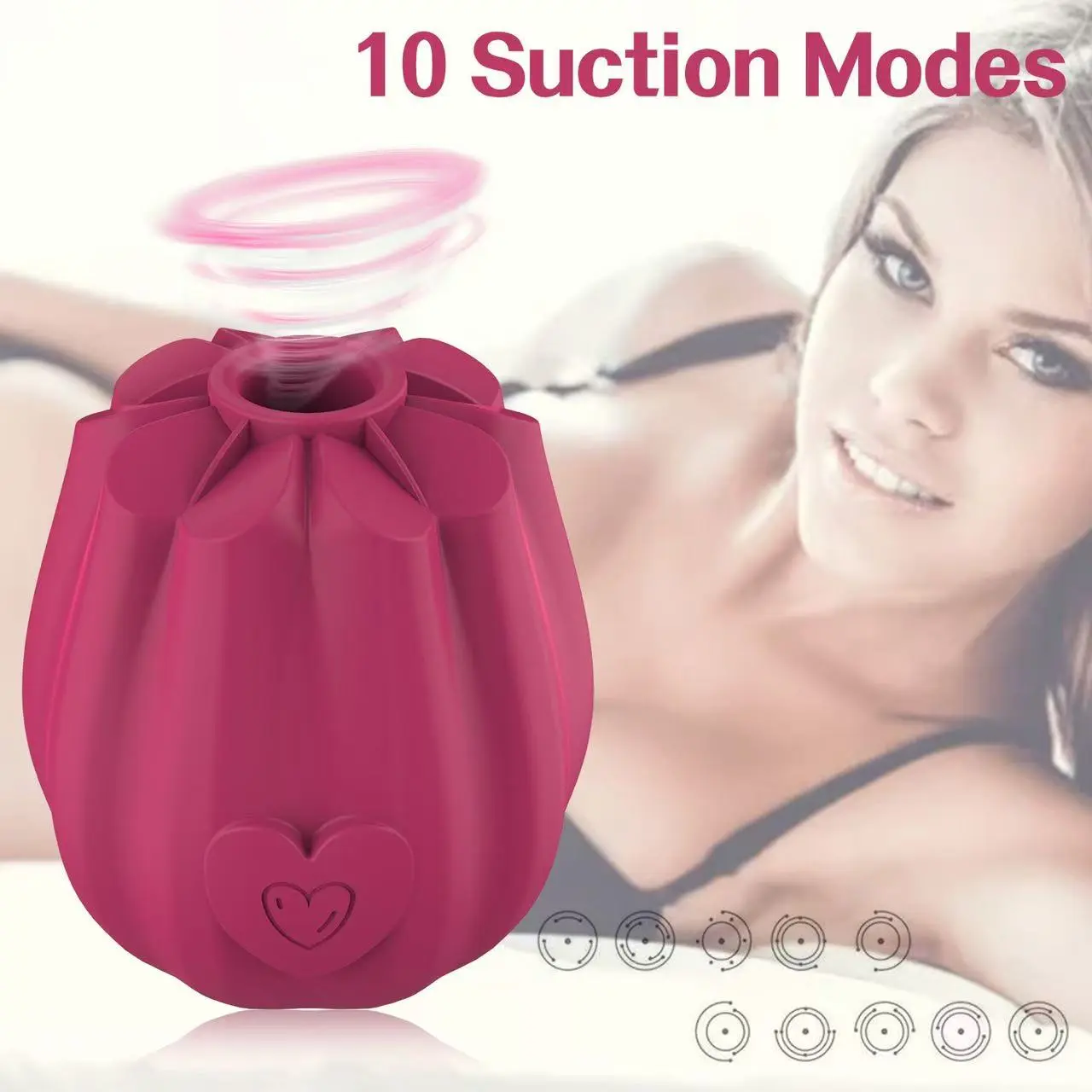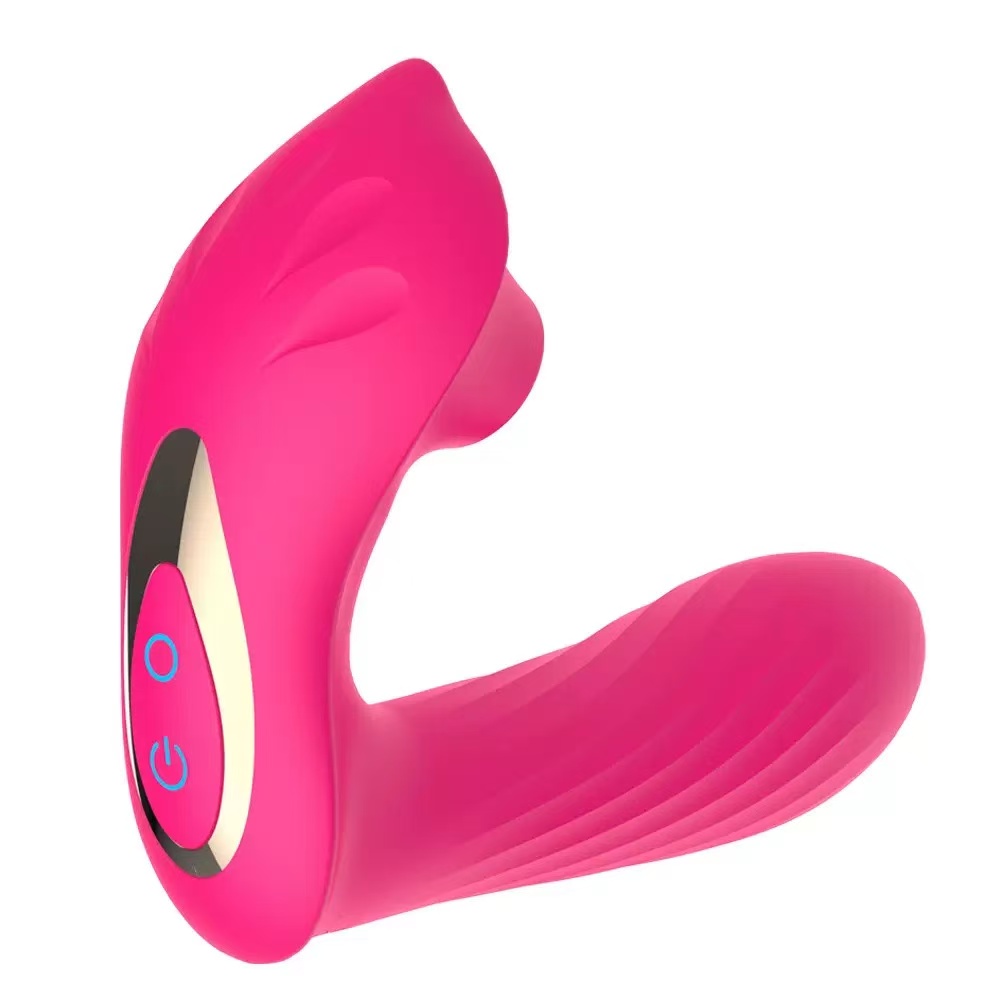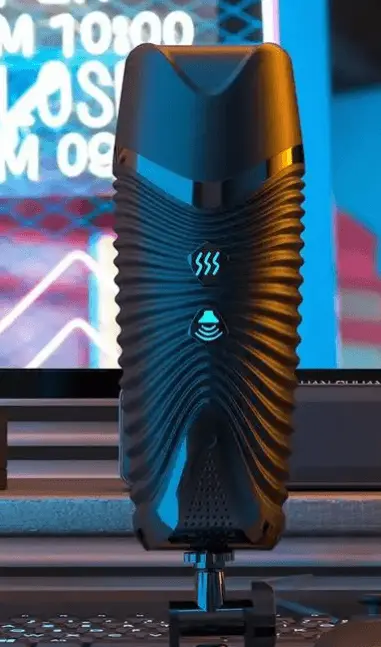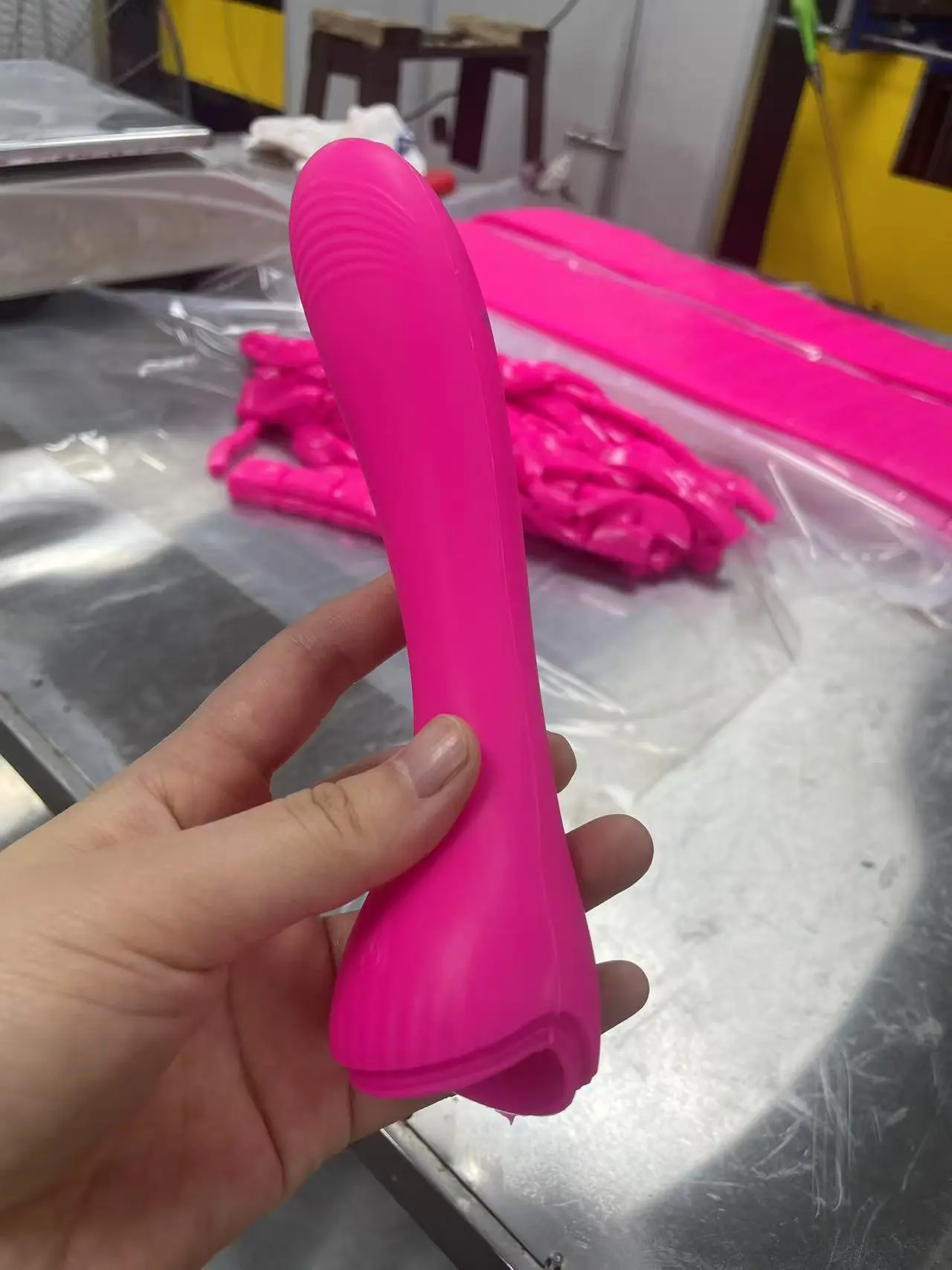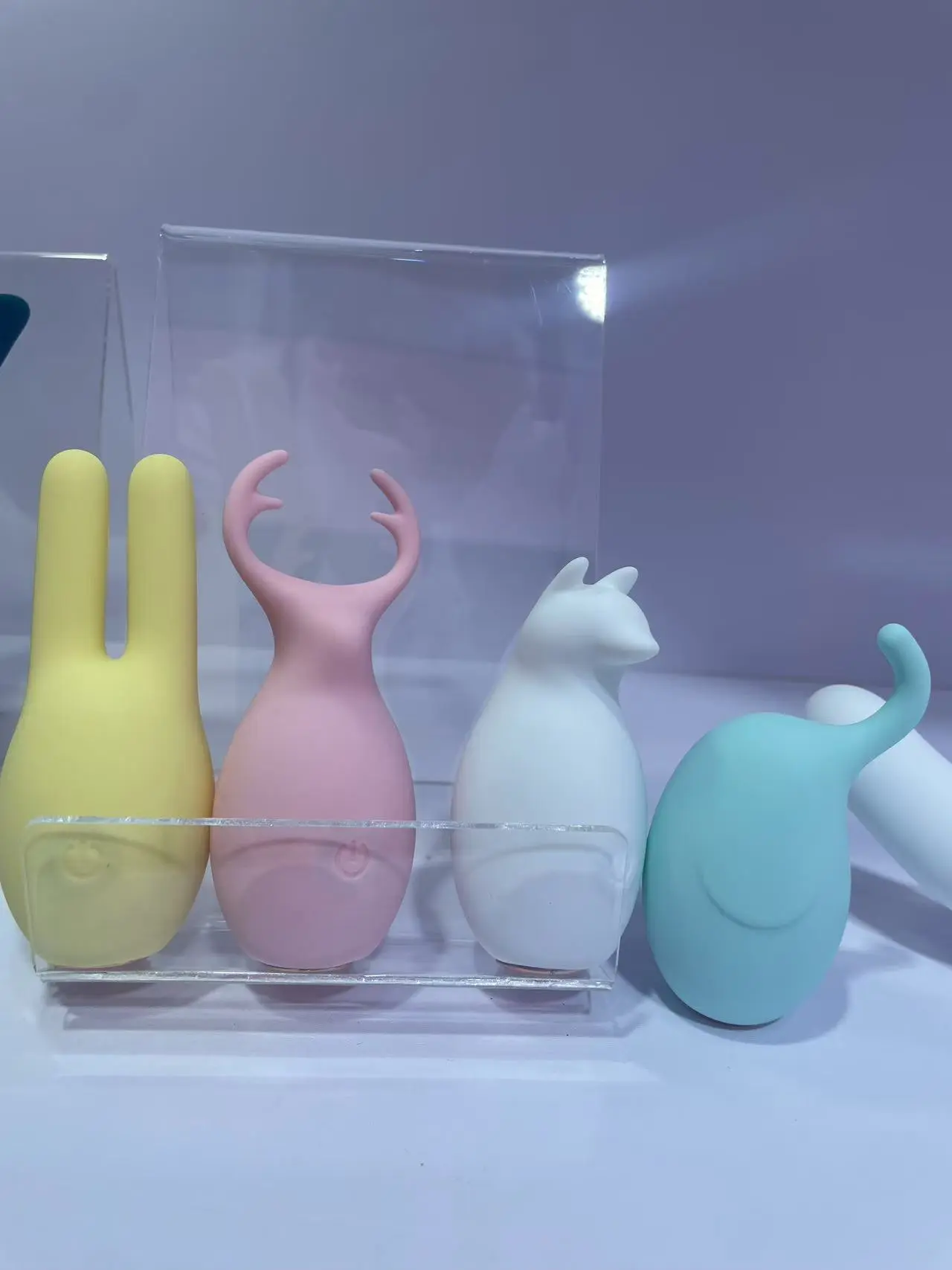The production process of adult toys with vibratiors
Design and Research and development
The first step of production is product design. The designer will draw the appearance and internal structure of the vibrating rod based on market demand and ergonomic principles, including shape, size, key layout and vibration mode, etc. Optimize the design with 3D modeling software to ensure that the product is both aesthetically pleasing and practical.
- Material selection and accessory production
The core of a vibrating rod lies in safety and comfort, so the selection of materials is of great significance. The common shell material is medical-grade silicone, which is soft, non-toxic and easy to clean. Internally, it includes a motor (providing vibration), a circuit board (controlling frequency), a battery or charging module, etc.
Silicone outer skin: It is formed by injecting liquid silicone into a mold and then cured at high temperature to ensure a smooth surface without any defects.
Motors and circuits: Micro motors need to pAss stability tests to avoid noise or overheating. The circuit board needs to be treated for water resistance.
Keys/interfaces: Such as waterproof switches or USB charging ports, they need to undergo durability tests.
All parts must pass environmental protection certifications such as ROHS before entering the production line to ensure that they do not contain harmful substances.
- Precision processing and assembly
After the parts are manufactured, they will undergo fine processing:
Cutting and polishing: Remove the burrs of the silicone to ensure a smooth touch. Metal or plastic parts need to be polished to prevent scratches.
Assembly: Workers install the motor, circuit board, etc. into the silicone shell and fix the key structure. Some products will incorporate waterproof rubber rings to enhance their waterproof performance.
- Cleaning and disinfection
Adult products come into direct contact with the human body and have extremely high hygiene standards. The assembled vibratiors will go through multiple cleaning processes:
- Quality Inspection
Each product must pass strict tests, including:
Functional test: Check whether the vibration intensity and mode switching are normal.
Safety tests: such as motor overheat protection, waterproof performance (IPX grade).
Durability test: Simulate long-term use to ensure that the lifespan meets the standard.
Non-conforming products will be removed for rework, and only qualified products will enter the packaging process.
- Packaging and warehousing
Ultimately, the product will be packed in a highly confidential box, usually printed with ingredient instructions, usage guidelines and warning labels. Some brands also come with warranty cards or cleaning accessories. After packaging is completed, the vibratiors are stored in the warehouse for sale and enter the market through e-commerce or offline channels.
Conclusion
From design to factory release, a vibrating rod has to go through dozens of processes, taking into account comfort, safety and functionality. With the development of technology, more and more intelligent functions (such as APP control and temperature sensing) have been integrated into products, further enhancing the user experience. The strict quality inspection process also ensures that consumers can use such highly private products with confidence.





